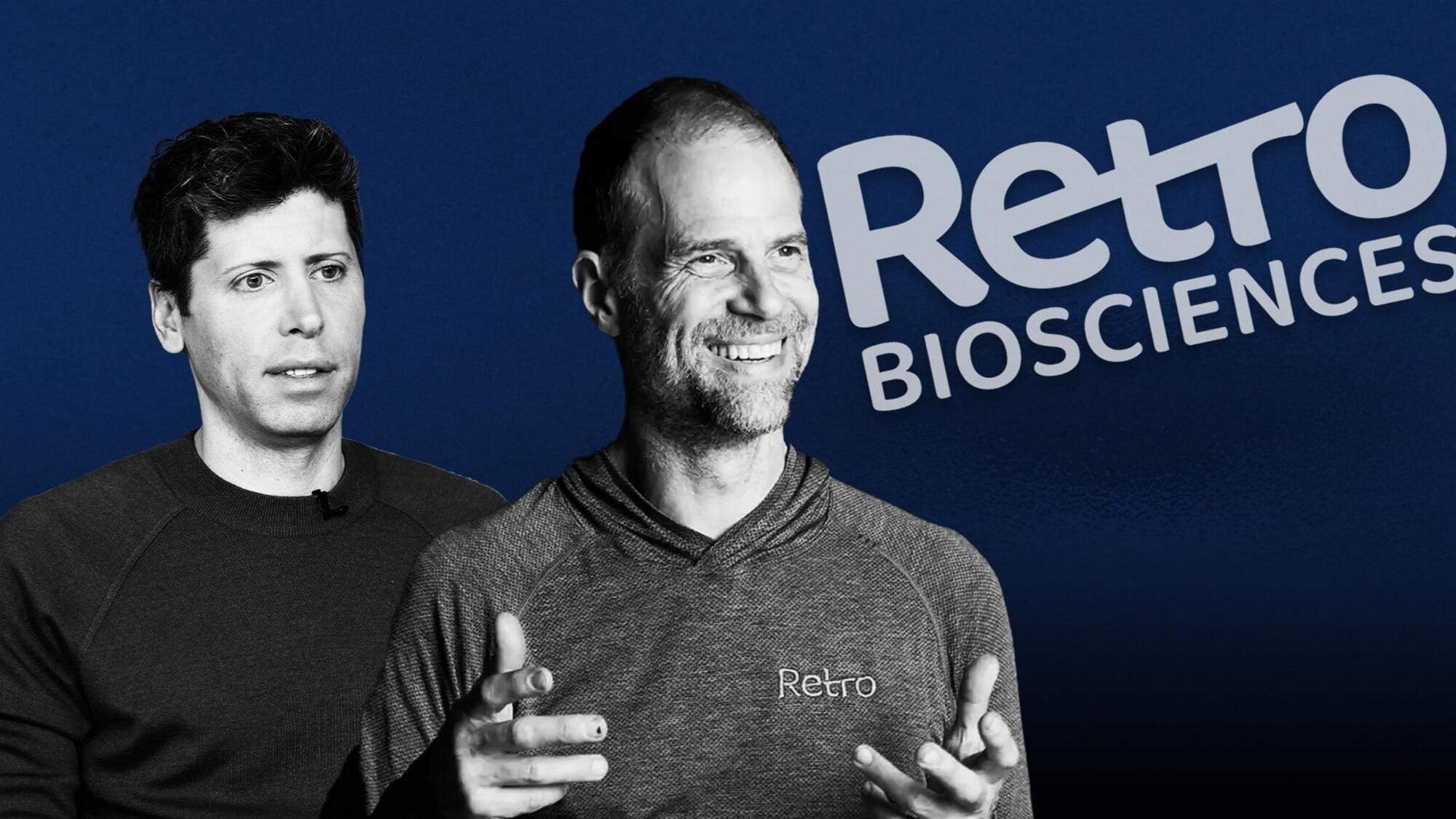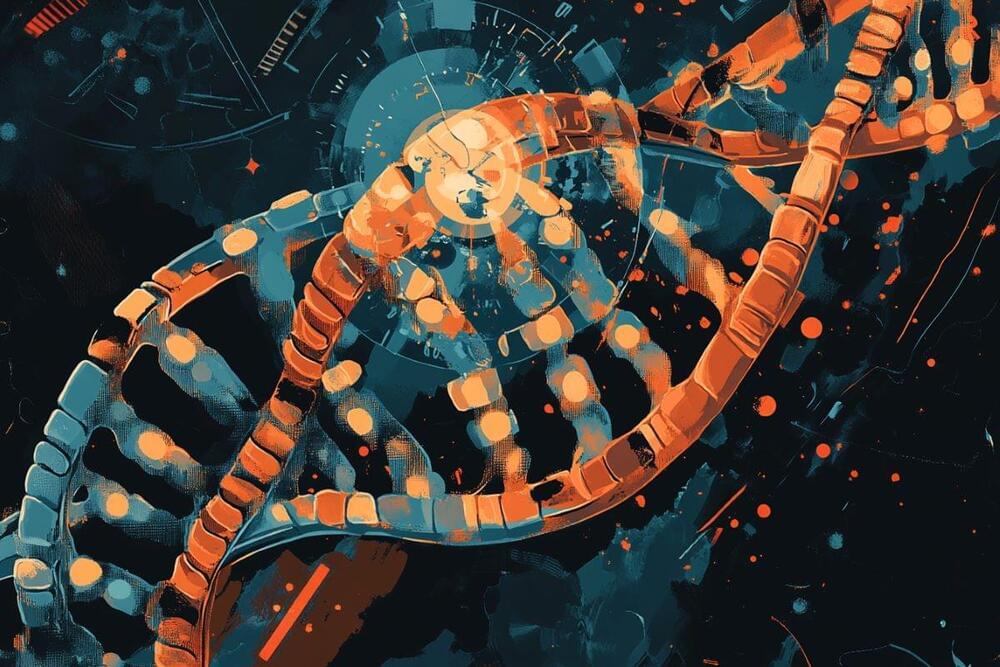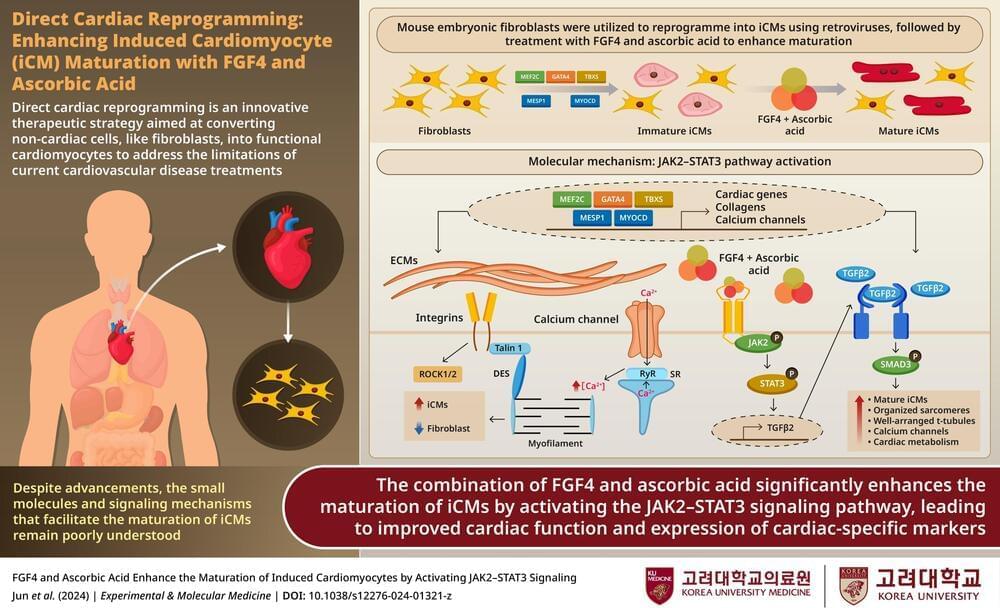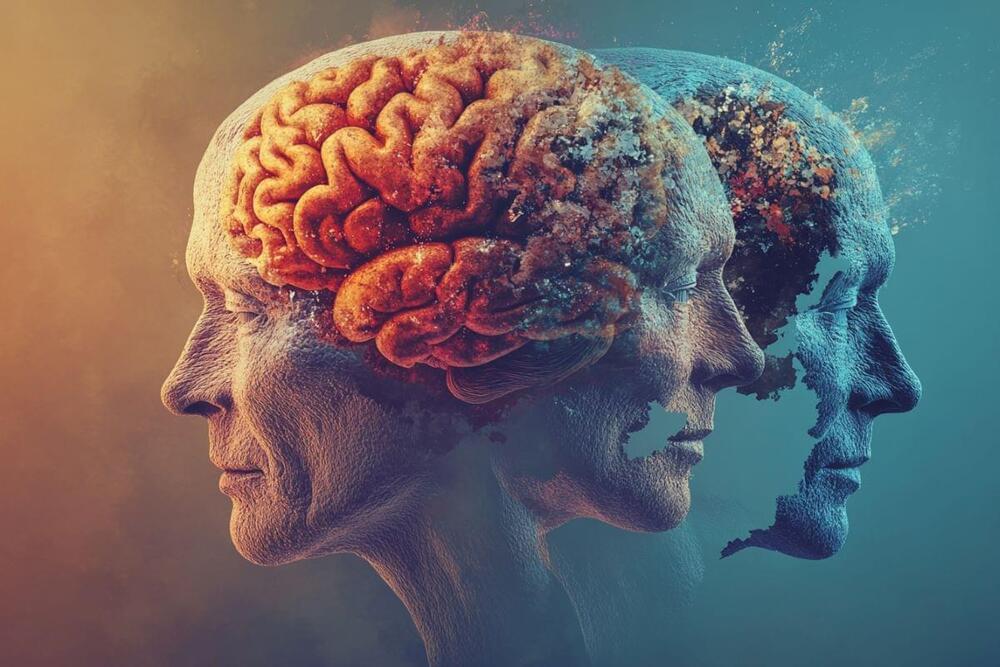LEV is upon us.
OpenAI chief executive Sam Altman, who provided the initial $180mn to seed the start-up, will put in more money in the series A. The company is in talks with family offices, venture capitalists and sovereign wealth funds, as well as a US “hyperscaler” data centre to provide computing power to run the AI models it uses to create and test its treatments.
In partnership with OpenAI, the start-up has built a bespoke AI model that designs proteins to temporarily turn regular cells into stem cells, which it says can reverse their ageing process.
The San Francisco-based biotech will use the money to fund clinical trials for three drugs, including a potential treatment for Alzheimer’s disease, which will be tested in an early stage study in Australia this year. It is also working on drugs for rejuvenating blood and brain cells.






